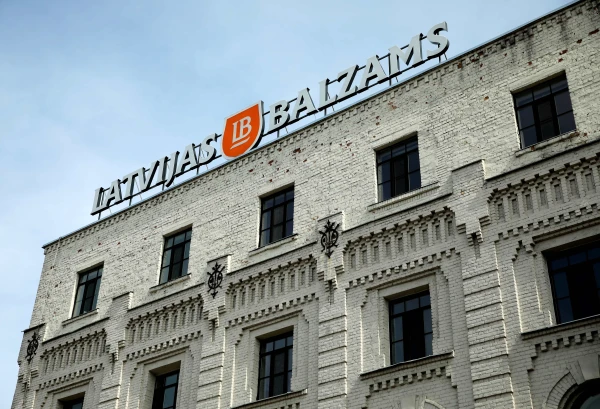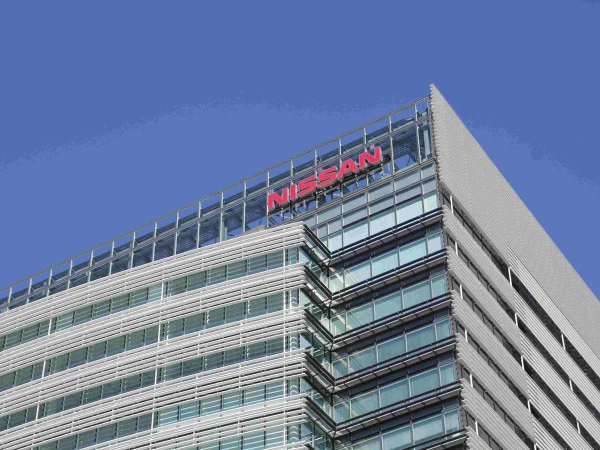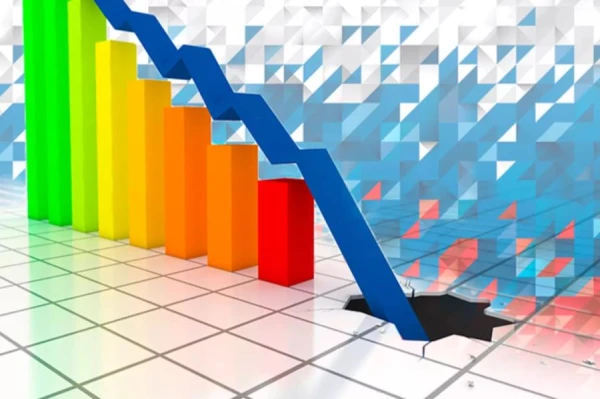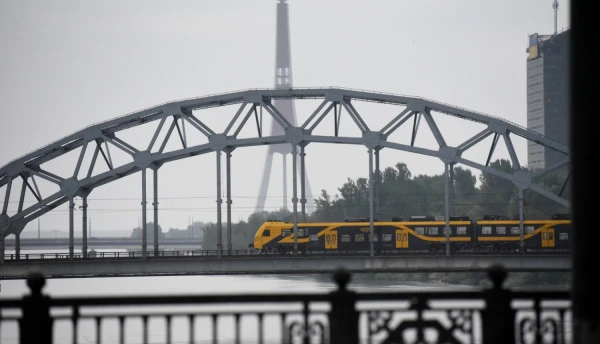
According to the study, if German steel production moves abroad, the losses would amount to 50 billion euros per year. In light of the grim prospects, Chancellor Merz organized a 'steel summit.'
According to estimates from the German Economic Institute (IW), around 605,000 jobs depend on the steel industry.
It is currently in crisis: high energy prices and the loss of export opportunities due to cheap foreign steel are putting pressure on the market.
More than half a million people in Germany are connected to this industry, either as suppliers or customers.
In Germany, high energy prices are primarily leading to increased production costs for steel. Production depends on very high temperatures and, consequently, a large amount of energy.
As a result, German steel is losing its competitiveness compared to imports.
In the worst-case scenario, Germany could lose its status as an industrial center, leading to a population exodus. This is stated in a study conducted by Mannheim University on behalf of the Hans Böckler Foundation. One of the conclusions is that policymakers must prevent such a development.
Moving production abroad would lead to economic losses amounting to billions. At least 30,000 employees could lose their jobs, the study states. Without domestic steel production, the German economy faces an annual loss of up to 50 billion euros.
According to the authors of the study, industries such as mechanical engineering, electrical engineering, metal production, and the automotive industry will have to pay dearly for foreign steel in the event of a crisis. Economists believe that, in the long term, at least 40 million tons of steel must be produced in Germany each year to reliably meet demand.
US Tariffs and Chinese Subsidies
While the German economy is not making significant progress, China is investing record subsidies in its steel industry. As a result, the country produces the most steel in Asia and can sell it at favorable prices abroad.
The US responded with high tariffs. After Donald Trump implemented tariff policies, steel imports were subjected to additional high fees. The US imposed 500% tariffs on European steel. This creates difficulties for German exports.
Although the EU is the second-largest steel producer in the world, it accounts for only about 14 percent of global production, according to the annual report from the European industry association Eurofer.
Asia leads, accounting for nearly three-quarters of global crude steel production.
Germany is the largest steel producer in the EU.
However, steel production in the European Union is declining. According to a Eurofer study, Europe will produce 130 million tons of crude steel in 2024, compared to 170 million tons in 2010.
In Germany, 2024 is expected to be weak in terms of steel production. Additionally, the largest German producer, Thyssenkrupp, announced plans to cut 11,000 jobs by 2025.
EU Aims to Double Steel Tariffs
Demand has been declining for several years due to the persistently weak economic situation. The high energy prices, which are reflected in the selling price, are increasingly compounded by the problem of imports from Asia at much more favorable prices.
Competition may intensify if China supplies even more cheap steel to the EU due to the increased US tariffs, industry experts predict.
Checks conducted by the European Commission have shown that Chinese imports are entering the EU market at prices below production costs. This applies, for example, to steel with tin or organic coatings. Increased anti-dumping duties apply to these categories of goods.
The EU considers competition from China to be unfair. Critics are calling for a broader application of anti-dumping duties so that imports from this country can no longer drive down prices.
In early October, Brussels proposed extending the steel tariffs. In the future, only half of the previous volume will be imported duty-free into the EU. Additionally, a 50% surcharge is proposed. However, this proposal still needs to be approved by the European Parliament and EU countries.
Electricity Prices for Industry as a Solution?
The steel industry has long suffered from geopolitical and economic problems. In addition to US tariffs, the main concern is the import of cheaper steel from China into the EU, as it is subject to the same high tariffs in the US.
"It is crucial that the revised EU protective measures regarding steel are reliable and effective to immediately and decisively counteract the rising share of steel imports in the EU market," said Henrik Adam, president of the European industrial association Eurofer.
Berlin cannot change the geopolitical situation alone. However, one possible lever could be regulating electricity prices.
IG Metall is calling for an electricity price for industry of five cents per kilowatt-hour starting January 1, 2026, as announced in the coalition agreement. On Monday, Minister of Economy and Energy Katja Reiche stated that the electricity price for industry would be introduced in 2026, but did not specify at what price.
The German Steel Industry Federation is also hoping for competitive electricity prices. Union and company representatives participated in an industry summit organized by the country's authorities. IW calculated that industrial electricity prices could save German companies up to 1.5 billion euros per year. However, if the regulation is only in effect for three years, as currently planned, economic experts estimate that this will be only a minor amount.
"The cessation of steel production in Germany would jeopardize the entire industry as a whole - with serious consequences for the economy, society, and political stability in the country," said IG Metall's second chairman Jürgen Kerner in an interview with the German Press Agency.
"The federal government and state governments must do everything possible to secure the steel industry in Germany and Europe and make it future-proof," he emphasized.












